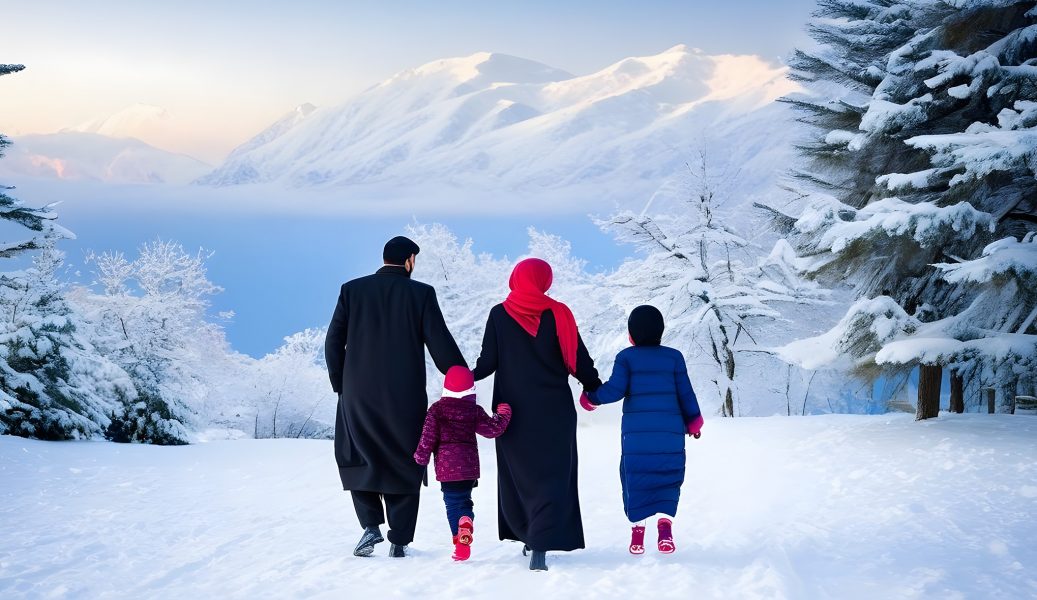Protecting Children’s Health During the Colder Months
As the days grow shorter and the temperatures plummet, winter’s frosty grip tightens, presenting unique challenges for children’s health. While the season brings a blanket of snow, cozy fireplaces, and the joy of holidays, it also increases the risk of illnesses and injuries.
Understanding these risks and implementing preventive measures can help keep our little ones healthy and safe throughout the winter months.
Common Illnesses and Prevention Strategies
The onset of winter coincides with a rise in respiratory illnesses, particularly colds, influenza, and respiratory syncytial virus. These viruses thrive in colder temperatures and are more easily transmitted indoors, where people spend more time in close contact.
To protect children from these infections, the World Health Organization (WHO) recommends several strategies:
- Vaccination: Ensure children are up-to-date on their vaccinations, including the annual flu vaccine, which is especially important for young children, pregnant women, and individuals with chronic health conditions.
- Handwashing: Teach children to wash their hands frequently with soap and water, especially before eating, after using the toilet, and after blowing their nose.
- Respiratory Hygiene: Encourage children to cover their mouths and noses with a tissue when they cough or sneeze and to dispose of used tissues properly.
- Avoid Crowded Places: Limit exposure to crowded indoor spaces, especially during peak illness periods.
- Healthy Habits: Promote a healthy lifestyle with a balanced diet, adequate sleep, and regular exercise to boost the immune system.
Protecting Against Outdoor Hazards
Winter weather also brings unique outdoor hazards that can threaten children’s safety.
- Cold Exposure: Dress children appropriately for the weather in multiple layers, including a warm hat, gloves, and waterproof boots. Limit outdoor time in extreme cold or when winds are strong.
- Slipping and Falls: Ensure sidewalks and walkways are ice-free and snow-free. Encourage children to wear shoes with good traction and to walk carefully on icy surfaces.
- Winter Sports Safety: Provide supervision and proper equipment for sports activities such as sledding, skiing, or snowboarding.
- Carbon Monoxide Poisoning: Ensure proper ventilation of homes and avoid using generators or charcoal grills indoors.
By implementing these preventive measures, we can create a safe and healthy winter environment for our children, allowing them to enjoy the season’s magic while staying protected from its potential hazards. Remember, winter can be an excellent time for children to explore and have fun. By taking the necessary precautions, we can help them make the most of the season while staying healthy and safe.









